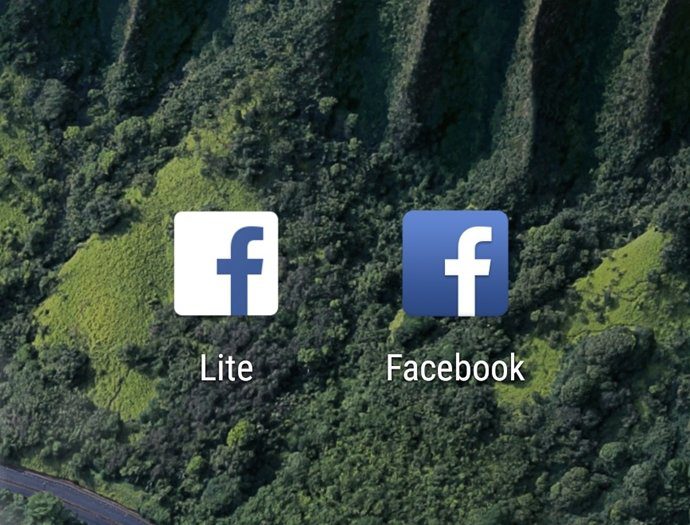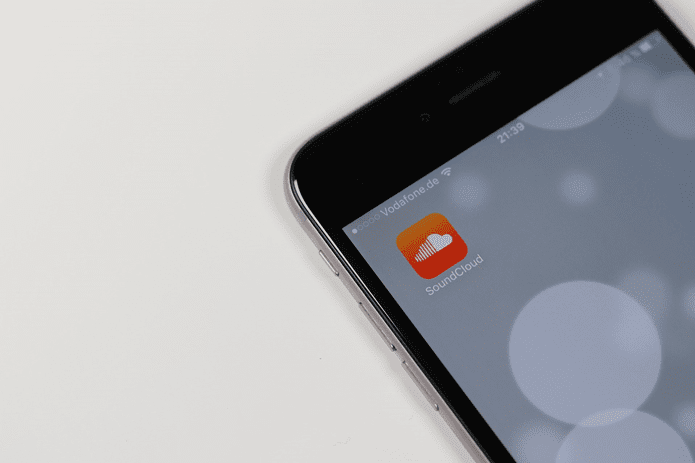it is still the default browser for all iOS devices, with every single link that you tap on any application opening in Safari automatically. There are some apps (like Sparrow for iPhone for example) that have already taken some steps to fix this situation, offering the option to open links on Chrome (another great iPhone browser, check our Chrome for iOS review here) if you tap and hold on a link. While this is a nice solution, it takes one more step to do it. That is bound to remain that way though, at least until Apple allows other browsers to be set as the default on iOS. So, since there is very little you can do to change Safari as your default iOS device browser, why not start taking the most advantage of it by using three somewhat unknown but very useful features of Safari? Let’s take a look at them.
How to Surf the Web In Full-Screen on Safari iOS
One of the most important features of many alternative web browsers on the App Store has always been to support full screen. Apple however, has eluded implementing it at all until iOS 6 and the iPhone 5 were released. To enable full screen navigation on Safari for iOS, open any website you like and turn your iPhone to landscape mode. You will see an icon with two opposing arrows at the bottom right of the screen. Tap on it. Once you do landscape will be enabled and you will have a lot more room to surf the web. To exit full screen mode on Safari, just tap the same spot at the bottom right of your screen. There is a reason why Apple implemented full screen view for Safari only in landscape mode of course: The iPhone 5 and iPod Touch 5th generation have a 4-inch screen that increased in size only vertically compared to previous models. Due to this, when surfing the web horizontally, the top and bottom bars on Safari ended up taking most of the screen space, making surfing in landscape barely usable. It makes sense for Apple to add full screen only on landscape mode from this perspective, although to be honest, I would like to see this working in portrait mode as well.
How to Clear Cookies From Individual Websites on iOS 6
We’ve already showed you how to clear all your cookies and browsing history from Safari on iOS. However, this feature will erase all the cookies from all websites along with all your browsing history. If you would like more control over what you delete from Safari’s records though, there is a way to delete cookies just from individual websites, let me show you how to do it. On your Home screen go to Settings > Safari > Advanced. Once there, tap on Website Data and you will see a list of all the websites that store data on your iPhone or iOS device. To delete the cookies from any of these websites, tap on Edit, select the website that you want to delete cookies of and then tap Delete. Tip: You can also simply swipe the website name on any direction and then tap on the Delete button.
How To Surf In Private Mode on Safari
Surfing in private mode is a great feature of Safari, allowing you to surf without concern of any of your information or browsing history remaining on the iPhone after you are done. It is specially useful when using someone else’s iPhone or other iOS device of course. Cool Tip: Android users should take a look at these ways to browse privately on an Android phone. To enable private browsing on your iPhone or other iOS device go to Settings > Safari. Once there scroll down and under Privacy turn Private Browsing ON. Once you do, when you open Safari you will notice that the top and bottom bars are now a dark grey color, indicating that private browsing is now enabled. And there you go. Three simple, yet quite useful tips to make your experience with Safari a lot safer and overall a better one. The above article may contain affiliate links which help support Guiding Tech. However, it does not affect our editorial integrity. The content remains unbiased and authentic.

















